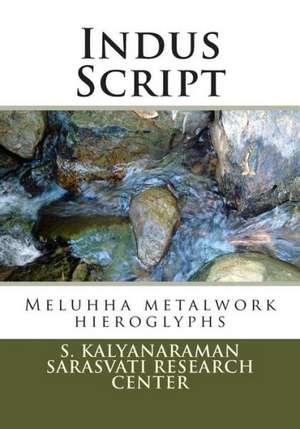Indus Script: Meluhha Metalwork Hieroglyphs
Autor S. Kalyanaramanen Limba Engleză Paperback – 25 aug 2014
Preț: 262.20 lei
Nou
Puncte Express: 393
Preț estimativ în valută:
50.19€ • 54.53$ • 42.19£
50.19€ • 54.53$ • 42.19£
Carte tipărită la comandă
Livrare economică 21 aprilie-05 mai
Preluare comenzi: 021 569.72.76
Specificații
ISBN-13: 9780991104833
ISBN-10: 0991104838
Pagini: 804
Dimensiuni: 178 x 254 x 41 mm
Greutate: 1.37 kg
Editura: Sarasvati Research Center
ISBN-10: 0991104838
Pagini: 804
Dimensiuni: 178 x 254 x 41 mm
Greutate: 1.37 kg
Editura: Sarasvati Research Center
















